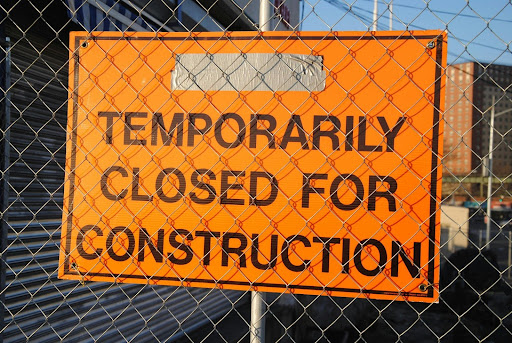Understanding the Risks and Legalities of Construction Site Accidents By NYLawnet
New York is a city perpetually turning wrenches-from the high risers of Manathan to street repairs in Brooklyn. Caution cranes of various types dot the skyline, and scaffolding completely encloses one full block or two; construction is waving red to urban development. However, in the middle of progress lays the ever so ugly truth: construction zones are among the deadliest places in the city.
The Perils Hidden from View
Construction sites can present myriad hazards to not only the workers but also pedestrians and drivers. Machinery heavy enough to crush from above, an object dropped or thrown, exposed electricity wiring, unsteady scaffolding are just a few of such hazards. The U.S. Bureau of Labor Statistics reports that construction is consistently among the leading industries for workplace Injuries and Fatalities.
The Risks for a Walk-By
For passers-by, particularly in areas congested with traffic, the hazards can be all too real. Deficient signage, unsecured equipment, and confusing detour routing are some ingredients in accidents of significantly grave consequence. Somebody could walk away with a totally life-changing injury with just a lapse of concentration or a small oversight.
Legalistic Ramifications: Who Is at Fault?
There are important legal issues raised by construction site injuries. In New York, several parties can potentially be held liable-for instance, property owners, general contractors, subcontractors, manufacturers of equipment, and, in some cases, city agencies.
Under New York Labor Law Sections 200, 240, and 241 (Scaffold Law), special protection is afforded to workers. For instance, Labor Law §240 imposes strict liability on employers and property owners for gravity-related injuries such as falls from heights or being hit by falling objects. This means a worker may not be required to prove negligence but only that the violation of law occurred and that this violation caused the injury.
Once the injured are non-workers (e.g., pedestrians injured by debris on the sidewalk or unsafe sidewalk conditions), traditional premises liability or negligence law comes into play. This means that the victims must show that the responsible party owed them a duty of care to keep the site safe, breached that duty, and caused injury.
Role of Personal Injury Law
If you or someone you know has been injured in or near a construction zone, it is time to seek legal advice. Evidence can disappear in no time, and whose fault it is may require an investigative process. Personal injury lawyers well-versed in construction law can understand how to handle these cases and make sure the victim is fairly compensated for medical bills, lost income, and trauma experienced from that time onward.
Stay Aware, Stay Safe
From the workers’ point of view, strict compliance with all safety protocols and using protective gear is a must. From the public’s point of view, one should respect the signage relating to construction, avoid active construction sites, and report any hazards. Awareness can save a life.
Conclusion
Construction zones symbolize progress, but their perils are numerous. For any person who is wearing a hard hat or simply walking by, the legal and physical dangers are real. Knowing your rights-you and the responsibilities of those who manage these sites-could make all the difference.
NYLawnet strives to inform and protect New Yorkers. In the event you have been injured in a construction site accident, do not face the legal maze alone. Call an experienced lawyer who knows the lay of the land.


